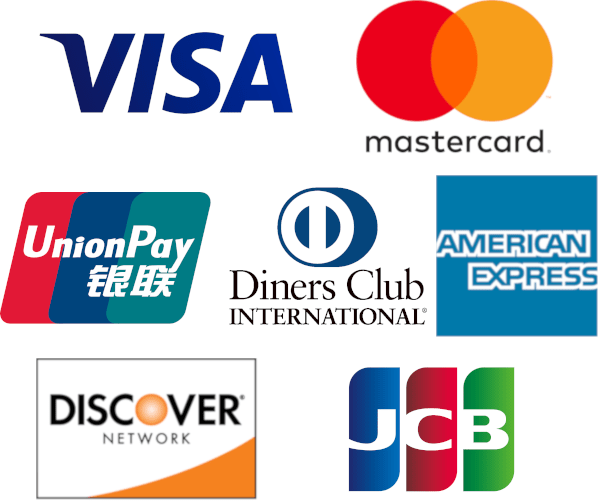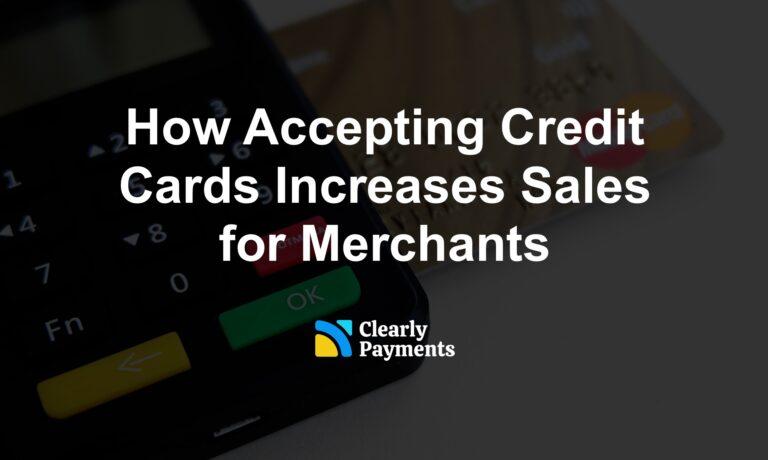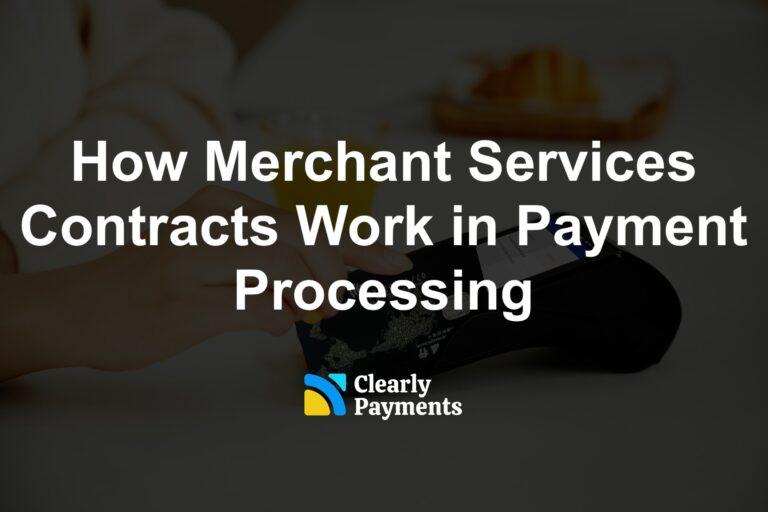There is a long history of retailers or financial institutions providing credit for customers. In the 1800s and early 1900s, imagine going into your local general store and telling John to put it on your tab. Some stores turned this into a paper card to track your purchases.
Now fast forward to 1950 and the Diner’s card, started by Frank McNamara in New York. That was the start of the official credit card industry where multiple merchants accepted a single card. He wanted all restaurants to accept Diners as the go-to way to pay. Diners did quite well and was adopted by both consumers and restaurants as well as other merchants in travel and entertainment.
This spurred a new industry with the competition. In 1958, new credit cards like American Express and Bank Americard (from Bank of America) went full force into the credit card business. Bank of America eventually combined with a few other credit cards and became Visa in 1976. Several Californian banks started MasterCard in 1966.
Consumers use credit cards because of convenience. They don’t need to pull out and count clumsy cash and you only need to pay one bill at the end of the month. These days, travel, cash-back, and other rewards are a big attractor of credit cards. Sears started the Discovery card in 1986 which was the first rewards card with cash-back rebates.
The reason merchants liked credit cards was the idea that people who use credit cards will spend more. This is generally thought of as true. Merchants these days see a decrease in sales when they do not accept credit cards.
By the time that the 70s rolled in, the government and regulators stepped in to help prevent fraudulent use and misleading pricing and rates. Today, each country has its own forms and stages of policies of regulation. For example, in 2009, the USA established the Credit Card Accountability Responsibility and Disclosure (CARD) Act of 2009. Some of the policies related to consumer protection, some to security (i.e. PCI), and some to protect merchants.
Now, we have roughly 3 billion credit cards in the world with 80% of North American families having at least one credit card.




